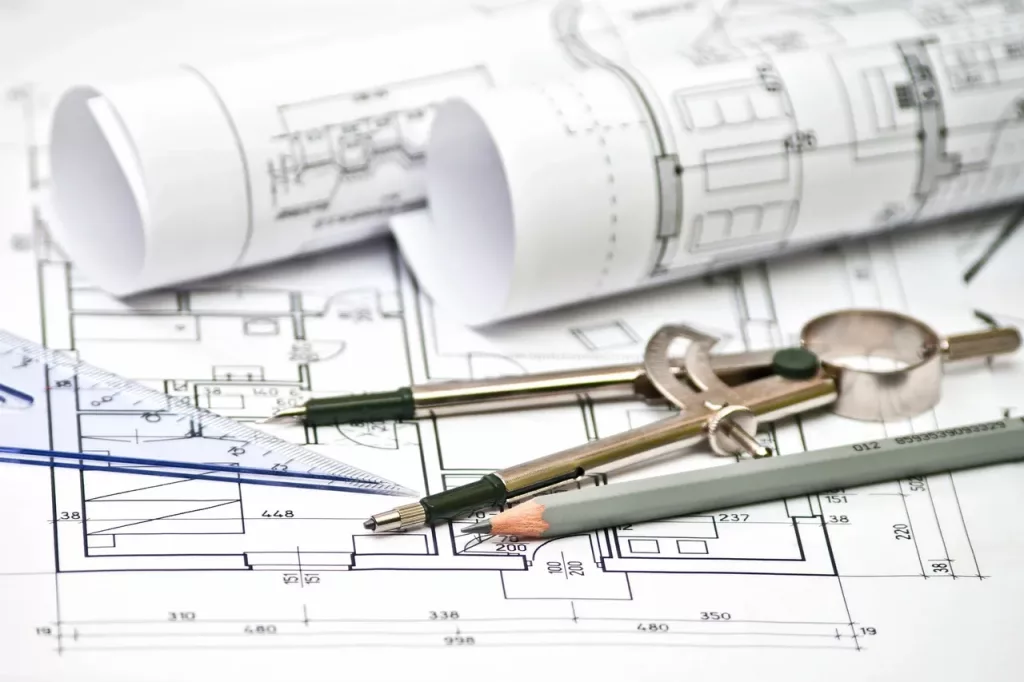30 May 2020|Business Growth, Launching a business

By leading design engineer Mat Rauzier. Every entrepreneur dreams of creating products filled with originality. However, no idea is truly original. Ideas are always inspired by something or, indeed, a combination of things. What businesses need is to combine ideas, aesthetics, concept, trends, materials and approaches. This will lead to a design which is ‘original’ in the practical sense.
In recent years I’ve noticed designers increasingly looking back to classic, timeless designs for inspiration. Using a classic style as their starting point, designers began adding their own modern twists, such as integrating new technology or a current visual concept.
One of the first brands to achieve this successfully was Ford with their redesigned Mustang, which featured in the Transformers film. The transformation from iconic muscle car to modern coupe signalled the reinvention of this American classic.
Importantly, the original design was still clearly visible within the modern reinvention. The chassis still bulges with implied muscle, the headlights are nearly identical, and the grill looks just as ready to eat tarmac.
Let me share some useful principles of timeless design that can help inspire you when it comes to creating the right modern aesthetic for your product, one that will appeal to your customers.
1. Purpose vs clutter
As the famous designer, Dieter Rams, once said: “Less, but better.”
This design philosophy helped Rams become an icon of 20th-century design in his own right. By including only elements with real purpose, you strip away the unnecessary clutter that can muddle a design, filling the product with simplicity and purpose.
Focusing on purpose also brings you back to the most fundamental aspect of any design: the user. What does the user need? What do they want? How do they want to feel? What elements are essential to make that happen?
Original mp3 players featured lots of clicky buttons – on the side, the front, and integrated into the headphones themselves. Designers kept adding technology to a small form factor, creating ugly, overcomplicated products that frustrated as much as they entertained.
Apple stripped the iPod of these bells and whistles, focusing on simplicity. The real stroke of genius was the touch wheel. It provided infinite navigation with a single touch – not endless clicking of plastic buttons – making it easier and more enjoyable to find and play music.
Include only what fulfils the brief; ditch anything extraneous. Timeless designs aren’t works of art or purely decorative objects; they don’t include trendy features or added frills. They are unobtrusive and leave room for the customer’s self-expression.
2. Attention to small details
Simple design isn’t simple. It’s a lot harder to pack features into a simple design than it is to add them to an existing and possibly already complicated product. You need to re-engineer the design from the ground up, turning your attention to the small details that provide functionality, yet maintain simplicity.
The majority of your customers may not even notice these small details on their own, but the overall effect these details create will leave an impression.
Take Henry Dreyfuss’ AT&T Model 500 phone, for example, which was launched in 1949. When connections became automatic (i.e. without the need for an operator) phone designers realised they needed to allow for complex dialling patterns and, in 1929, the first AT&T rotary phone was born.
Yet, previous iterations tended to be attached to the wall and some required a separate speaker and mouthpiece. They also featured clunky, heavy handsets.
Dreyfuss completely redesigned the rotary phone, adding in subtle features that transformed his design into an instant classic. The handset was made of plastic, creating ergonomic rounded edges and shedding a lot of weight. Letters were added below the numbers to make it easier to remember phone numbers. He even used early industrial psychology and consumer testing to find the ideal chord length.
These features became commonplace on rotary phones and you probably take them for granted now. Yet it was this attention to detail that transformed the humble Model 500 into a commercial success and cemented its position as a timeless classic.
3. Incorporate brand identity
Brand identity has always been important. Customers don’t just buy products, they buy personalities that chime with their own needs and sense of identity. From the psychology of colour to finding the perfect font – businesses can spend hundreds of thousands on defining their brand identity.
It’s just as important, then, to incorporate your brand identity into your product designs. I don’t just mean using the same shade of red featured in your logo. I mean basing your design ethos around your brand’s values and culture so that they are instantly recognisable.
Even those who have never ridden a motorbike could pick a Harley Davidson from a lineup. They are stripped back, low-riding, chrome and metal beasts. There’s no mistaking a Harley for a Yamaha, for example, and Harley will never release a glossy, carbon-fibre sports bike.
Not only has Harley’s brand identity helped solidify their bikes as timeless American classics, they’ve inspired entire subcultures.
4. Innovative and useful
So far, the emphasis has been on form. But a consumer product, if it is going to sell well, needs to be both aesthetically pleasing and functional. Sure, some products are purely form over function but the best, most timeless designs strike a perfect balance between the two.
It wasn’t new technology that made the iPod revolutionary, it was the novel, simple yet attractive design that made the standard mp3 features easier and more intuitive to use. It’s the design philosophy that took Apple from a garage startup to become the most profitable company in the world and turned Steve Jobs into a design icon.
The inspiration for Rayvolt bikes came from classic motorcycles – the early 1900’s Indian and the 1960 Cafe Racer, for example. Yet, simply incorporating design elements from these classic motorcycles into a modern bicycle would have fallen short of offering true innovation.
Instead, the company looked at the details of classic bikes, like the 1970 Beach Cruiser, and found ways of integrating new technology. A 1100w motor supplies power to the pedals, turning it into a modern ebike, while the Electronic Intelligent Vehicle Assistant (EIVA) onboard computer allows the rider to monitor and adjust settings for a perfectly smooth ride.
But most ebikes boast similar features – which is why the innovation of features that are truly useful is so important. In Rayvolt’s case, this is the introduction of regenerative braking and gyroscopic adaption. These features are practical and capitalise on the key benefits of an ebike over a traditional pushbike, adding functionality without compromising on simplicity.
5. Design to last
Timeless design, by definition, stands the test of time. It holds up to knocks and bumps, it can be patched up and fixed, and it looks beautiful even when old and rusty. It only takes one look in an auto trader magazine to find a classic 1960s Ford Mustang in good working order, and then compare its price and desirability to a ten-year-old Chrysler PT Cruiser…
Inevitably high-quality components and construction increase product costs, but longevity will be improved. Customers usually prefer a product that will last and will pay extra for it.
About the Author
Mat Rauzier is a design engineer and founder of Rayvolt a range of premium, design-led electric bikes that take inspiration from iconic brands and designs such as the Californian Beech Cruiser, the Indian Chief, Café Racer and classic Harley Davidson. Mat is well-known in the world of paddle-boarding as Head of SUP Design for leading watersports brand Starboard. https://www.rayvoltbike.com/
- lisafoundersitehttps://thesuccessfulfounder.com/author/lisafoundersite/
- lisafoundersitehttps://thesuccessfulfounder.com/author/lisafoundersite/
- lisafoundersitehttps://thesuccessfulfounder.com/author/lisafoundersite/
- lisafoundersitehttps://thesuccessfulfounder.com/author/lisafoundersite/






